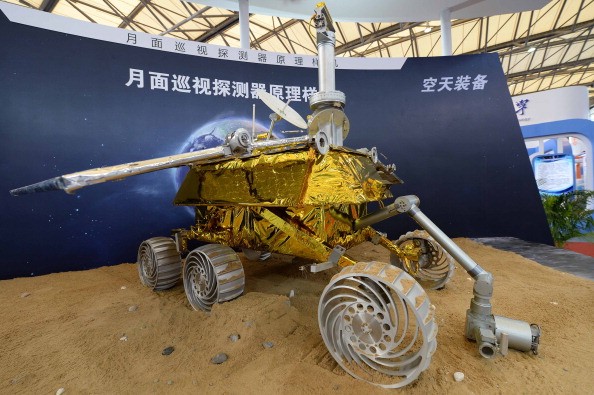There might be no water on the moon after all, according to new data sent by a Chinese lunar probe.
Chinese scientists said that measurements taken by the Chang'e-3 lunar probe in the Mare Imbrium (Sea of Rains) Plain of the moon indicate very little water present on the lunar surface, China Daily reported.
According to Wei Jianyan of the Chinese Academy of Sciences' National Astronomical Observatories, the results sent in by the probe was within the values that they have theorized.
The matter of whether there is water on the moon is one of the biggest questions that have intrigued astronomers ever since the dawn of space exploration. Initial moon rock samples collected by the astronauts of the Apollo mission in 1969 showed no traces water-bearing mini9rals similar to those found on Earth.
However, new analyses of the Apollo samples revealed the presence of volcanic gases that are indicative of water being present in the moon's interior.
On the other hand, lunar probes sent to directly confirm the presences of water have brought up mixed results. Infrared spectroscopy analysis seemingly supports the affirmative, while neutron spectroscopy proved inconclusive. Chang'e-3's findings are expected to add further to the growing mystery.
Aside from looking for signs of water, the Chang'e-3 also sent 7 terabytes worth of data on different aspects of the moon, which have since been disseminated to scientists for analysis, the Global Times reported. The probe has also made the first geologic map of the moon using its onboard lunar penetrating module and has also discovered a new type of rock called lunar basalt.
Chang'e-3 was launched in 2013 and has continuously sent data since then. It currently holds the record for the longest operation time of an active lunar probe, the State Administration of Science, Technology, and Industry for National Defense said.



























